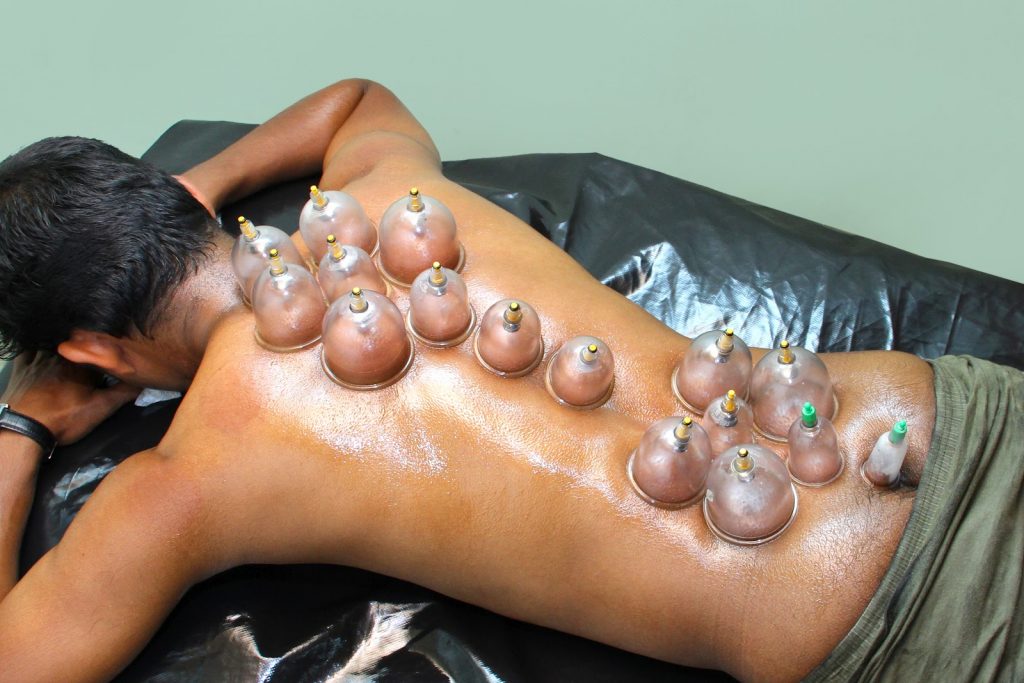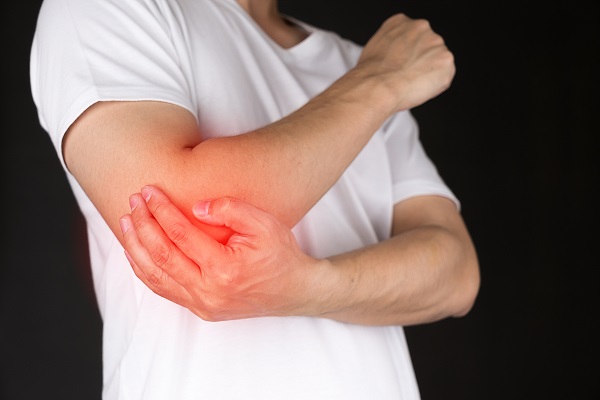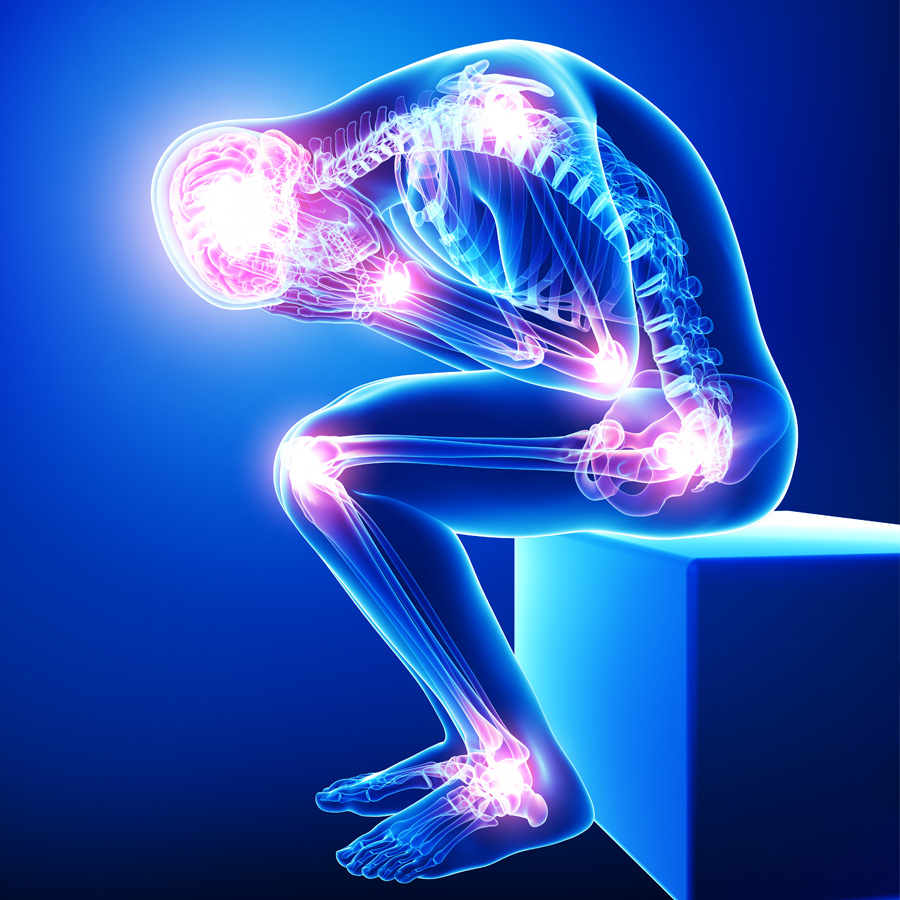Cupping therapy is an ancient practice that has gained popularity in recent years, known for its potential benefits in enhancing well-being and alleviating various health conditions. Originating from traditional Chinese medicine and practiced in various cultures worldwide, cupping therapy involves placing cups on the skin to create suction. This article explores the key aspects of cupping therapy, including its history, techniques, benefits, and considerations.
The History of Cupping Therapy
Cupping therapy has a rich history that dates back thousands of years. Its origins are often attributed to ancient Chinese medicine, where it was used to balance the flow of Qi (energy) and improve overall health. Historical records also indicate that cupping was practiced in ancient Egypt, Greece, and the Middle East.
1. Ancient Practices:
- Egypt: Cupping was depicted in ancient Egyptian medical texts and was used to treat a variety of ailments.
- Greece: Hippocrates, the father of medicine, mentioned cupping as a method for treating illness and promoting health.
- China: Traditional Chinese medicine considers cupping as a method to enhance the flow of Qi and blood, addressing stagnation and pain.
Techniques and Types of Cupping Therapy
Cupping therapy involves placing cups on the skin to create a vacuum effect, which promotes blood flow and healing. There are several techniques and types of cupping therapy:
1. Dry Cupping:
- Technique: Cups are placed on the skin, and suction is created using a pump or by heating the cups. The cups remain in place for a few minutes.
- Benefits: Promotes blood flow, relieves muscle tension, and helps with pain management.
2. Wet Cupping (Hijama):
- Technique: Similar to dry cupping, but involves making small incisions on the skin before applying the cups. The cups are then used to draw out a small amount of blood.
- Benefits: Aims to remove toxins and improve circulation. Often used in traditional Islamic medicine.
3. Fire Cupping:
- Technique: A flame is briefly placed inside the cup to create a vacuum, and the cup is then placed on the skin. The heat causes the skin to be drawn into the cup.
- Benefits: Similar to dry cupping, but with added heat to enhance circulation and relaxation.
4. Flash Cupping:
- Technique: Cups are quickly placed and removed from the skin in a rhythmic pattern.
- Benefits: Often used to stimulate the flow of Qi and improve energy levels.
Benefits of Cupping Therapy
Cupping therapy offers a range of potential benefits, though individual results may vary:
1. Pain Relief:
- Cupping therapy can help alleviate various types of pain, including back pain, neck pain, and headaches, by improving blood flow and reducing muscle tension.
2. Improved Circulation:
- The suction created by the cups helps enhance blood flow to the treated areas, which can aid in the healing of injured tissues and improve overall circulation.
3. Muscle Relaxation:
- By increasing blood flow and reducing muscle tension, cupping therapy can promote relaxation and relieve muscle stiffness.
4. Enhanced Immune Function:
- Some practitioners believe that cupping therapy can stimulate the immune system by promoting the removal of toxins and enhancing the body’s natural healing processes.
5. Detoxification:
- Wet cupping, in particular, is believed to help remove toxins from the body by drawing out stagnant blood and impurities.
6. Stress Reduction:
- The relaxation effects of cupping therapy can contribute to reduced stress and improved overall well-being.
Considerations and Precautions
While cupping therapy can offer benefits, it is important to consider certain precautions:
1. Possible Side Effects:
- Bruising: Cupping therapy may leave temporary bruises or marks on the skin where the cups were applied.
- Skin Irritation: Some individuals may experience mild skin irritation or redness.
2. Not Suitable for Everyone:
- Cupping therapy may not be recommended for individuals with certain medical conditions, such as bleeding disorders, skin conditions, or those who are pregnant.
3. Professional Guidance:
- It is essential to seek treatment from a qualified practitioner who is experienced in cupping therapy to ensure safety and effectiveness.
4. Complementary Treatment:
- Cupping therapy is often used as a complementary treatment rather than a standalone solution. It should be integrated into a broader healthcare plan, including other therapies and lifestyle changes.
How to Prepare for Cupping Therapy
To maximize the benefits of cupping therapy and ensure a positive experience:
1. Consult a Professional:
- Speak with a qualified practitioner to discuss your health goals and any concerns you may have. They will determine if cupping therapy is appropriate for you.
2. Stay Hydrated:
- Drink plenty of water before and after your cupping session to support the detoxification process and overall hydration.
3. Follow Aftercare Instructions:
- Adhere to any aftercare instructions provided by your practitioner, such as avoiding strenuous activities and keeping the treated area clean.
Conclusion
Cupping therapy is an ancient practice with a long history of use in various cultures. Its techniques, including dry cupping, wet cupping, fire cupping, and flash cupping, offer a range of potential benefits, such as pain relief, improved circulation, muscle relaxation, and stress reduction. While cupping therapy can be a valuable addition to a holistic health regimen, it is important to approach it with proper guidance and consideration of individual health needs. Consulting with a qualified practitioner and integrating cupping therapy into a comprehensive treatment plan can help ensure a safe and effective experience.





